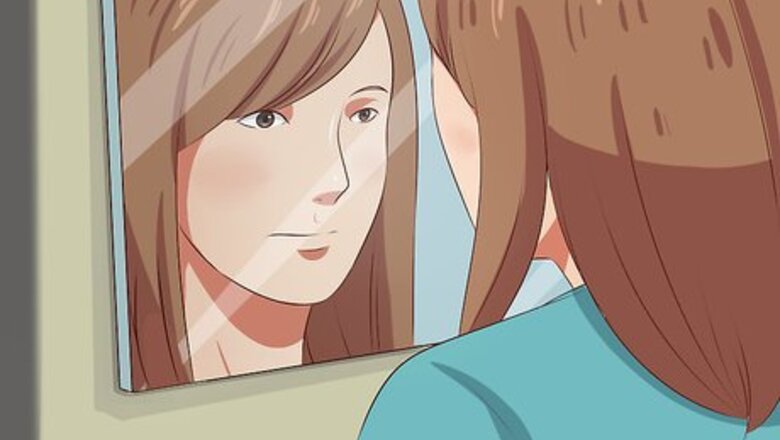
views
Considering the Location
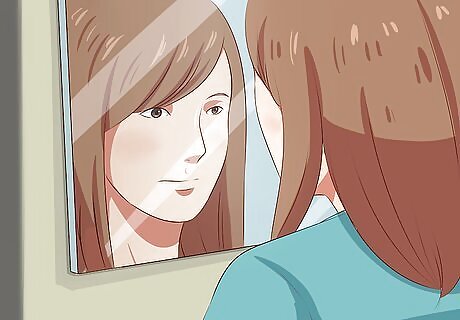
Observe how the mirror is installed. Notice if the mirror seems to be hanging on the wall or if it's part of the wall itself. If it appears to be hanging, try to look behind it and see a wall. If the mirror seems to be part of the wall itself, there's a good chance it's a two-way mirror, which must be set into the wall rather than hung onto it. That way, people standing on the other side of the wall can observe someone looking in the mirror. A two-way mirror is a piece of glass coated with a substance called a micro pane. If you stand on the treated side, you see your reflection but the untreated side looks like a tinted window. If you see a wall behind the mirror, it's a good bet that it's nothing more than a regular mirror.

Check out the lighting. Look around and determine whether the lighting seems extraordinarily bright. If so, you might be looking at a two-way mirror. However, if the light in the room is relatively dim, and you can't immediately see through the mirror, it's probably just a standard mirror. For a two-way mirror to be effective, the light on the mirrored side needs to be 10 times brighter than the light on the other side. If the lighting is dimmer, it's possible to see through the glass to the observation area.
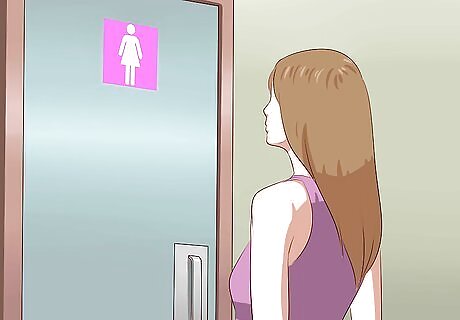
Consider where you are. If you're in a public place and in an area where you'd expect privacy, such as a restroom, it's unlikely and illegal to have a two-way mirror. On the other hand, two-way mirrors are frequently used by law enforcement. For example, two-way mirrors are used in interrogation rooms and for lineups. The use of two-way mirrors is closely tied to issues of personal privacy and Constitutional rights. Most states have passed additional legislation preventing the use of two-way mirrors in rest rooms, locker rooms, showers, fitting rooms, and hotel rooms. For example, according to the 2006 New York Code, if a location in that state has chosen to use two-way mirrors for surveillance, they are required to post signs that notify you. Many places, such as gas stations, will use one-way metal mirrors because glass mirrors can be destroyed by users. If the mirror in question is metal, then it is not a two-way mirror.
Examining the Mirror
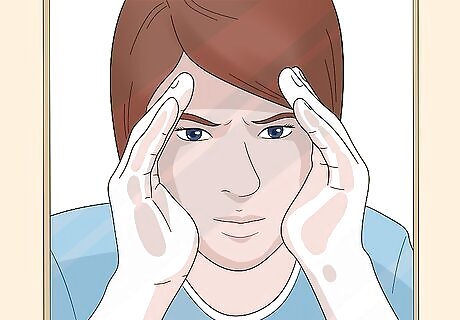
Try to peer through the glass. Press your face up to the mirror and cup your hands around it, creating a dark tunnel to block out as much light as possible. When you do this, if the light in the observation room is at all brighter than the light on your side of the mirror, you should be able to see something beyond the glass.
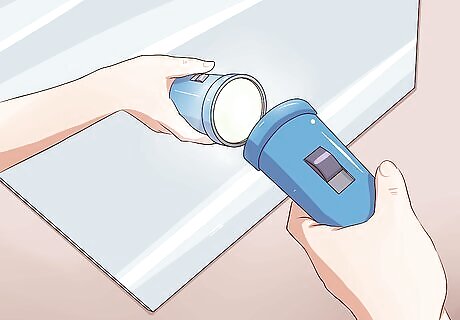
Shine a light on it. If you're still not convinced, turn off the lights, then hold a flashlight to the mirror (it can even be the "flashlight" on your smartphone). If it is a two-way mirror, the room on the other side will be illuminated and you'll be able to see it.
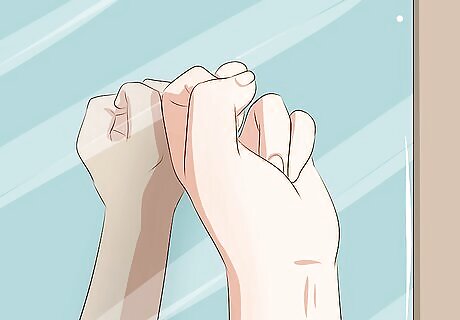
Sound it out. Tap on the surface of the mirror with your knuckle. A normal mirror will produce a dull, flat sound since it's placed in front of a wall. An observation mirror will produce an open, hollow, and reverberating sound because there is an open space on the other side. The sound of tapping a two-way mirror has also been described as bright or sharp as opposed to a thud from an everyday mirror.
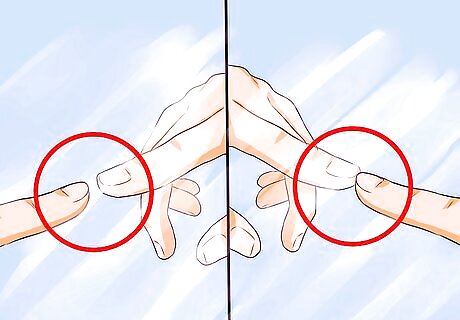
Perform the fingernail test. While it is not completely accurate, you can use your fingernail to determine if the mirror is a first or a second surface mirror. Simply place your fingernail on the surface of the mirror. When you touch your fingernail to a second surface mirror, you can't touch your own reflection; instead, you will see a gap caused by a second layer of glass over the mirrored surface. When you touch your finger to a first surface mirror, you can touch your own reflection, since there's no additional layer of glass in between. First surface mirrors are very rare, so if you find one there's likely to be a very specific reason and it's very possible that it's a two-way mirror. Second surface mirrors are your ubiquitous everyday mirrors. Due to variables like lighting and the material with which the mirror is manufactured, it can be really difficult to tell whether you are truly touching your reflection or not. You might think you're touching a first surface mirror when you're actually not. Also, it's possible for a two-way mirror to be a second surface mirror. If other aspects of the situation, like the mirror's setting and lighting, have indicated that what you're seeing is a two-way, don't let the fingernail test be the deciding factor.
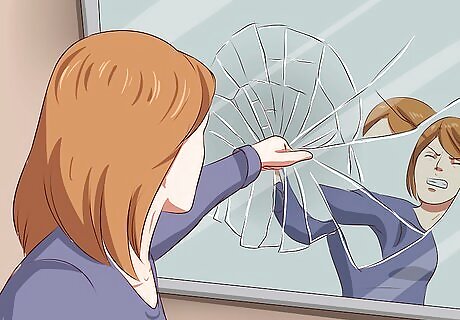
Consider the extreme measure of breaking the glass. If it's a regular mirror, it will shatter and you'll see the mirror's backing or a solid wall. If it's a two-way mirror, you'll see the room behind the mirror. You should probably only consider this option if you feel threatened or are in danger. Breaking the glass will cause damage and create a safety hazard.




















Comments
0 comment